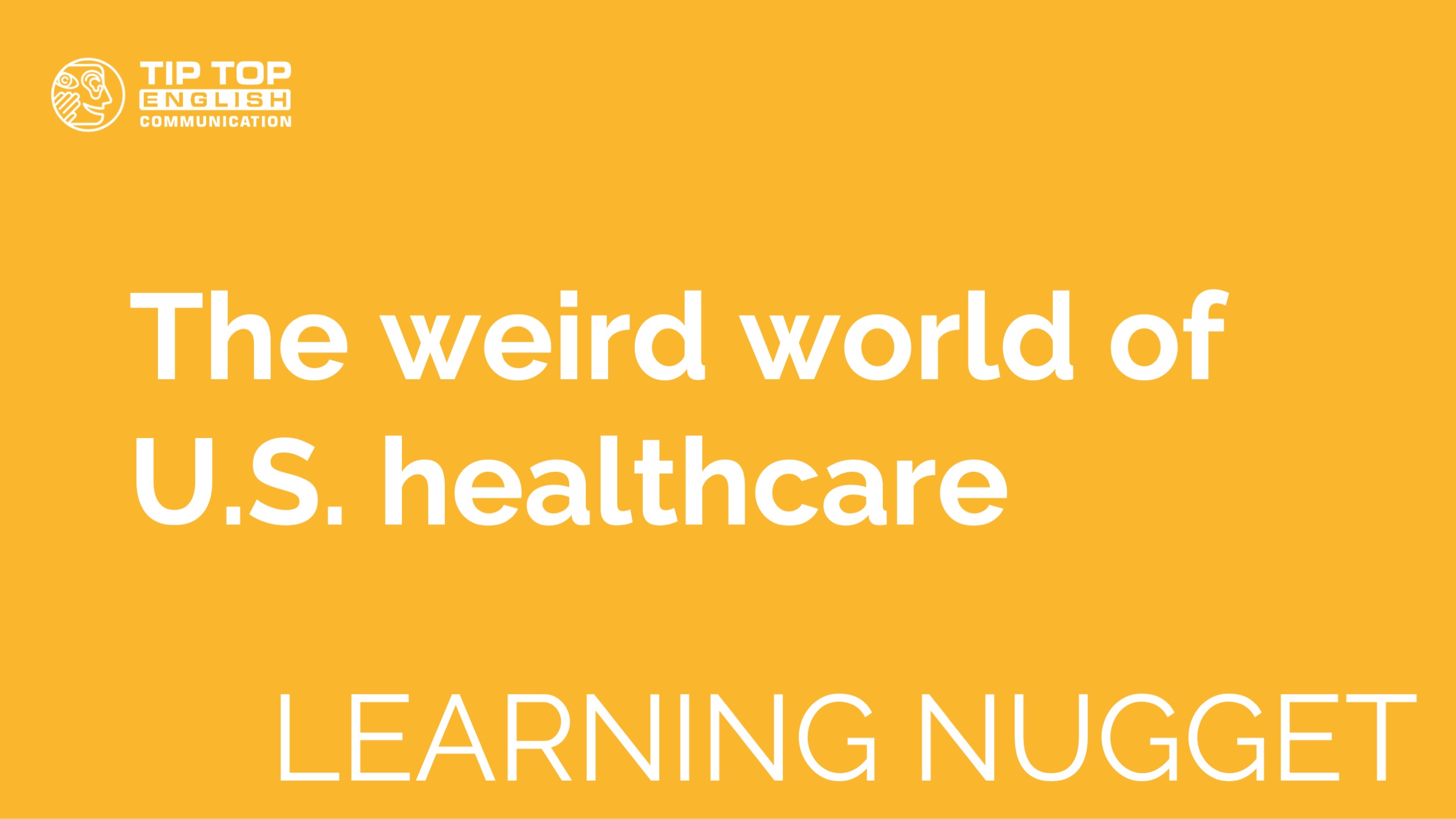The weird world of U.S. healthcare
There are a lot of reasons the U.S. stands out in the world, like its giant economy or the wide popularity of its music, films, and television.
One other way the U.S. is different from other high-income countries (most of Europe, Australia, New Zealand, etc.) is how its healthcare system works. In the U.S., the government doesn’t assure that all citizens have health coverage, like in the U.K. or Norway. It also doesn’t have a system similar to Germany’s, where public or private insurance options are available to everyone and it’s mandatory to be covered.
Instead, there is currently no federal penalty in the U.S. for not having health insurance, and the majority of health insurance is provided by private companies. In 2019, around 9% of the U.S. population (around 29.6 million people) were uninsured. For comparison, less than 0.2% of Germany is not insured. Below we cover other facts about the U.S. healthcare system you’ll likely be surprised to learn.
The very complicated U.S. insurance system
Medical treatments are paid for in a wide variety of ways in the United States.
There are two insurance systems offered by the government: Medicare and Medicaid. Medicare helps pay for medical expenses for those over 65 and many people with disabilities of any age. Medicaid is for those of any age living in poverty.
The majority of those not covered by Medicare or Medicaid are insured by private insurance companies. Often, businesses negotiate with these companies to offer specific care plans to their employees. Large businesses are required to offer insurance coverage to workers or face a fine, but that rule doesn’t apply to operations with under 50 employees.
Self-employed people or those working for a company that doesn’t offer health insurance can purchase plans directly from insurance companies. The plans vary widely by what percentage of a medical bill they will cover, with cheaper plans covering smaller percentages of bills.
Even insured people may pay full price
With many U.S. health insurance plans, there’s something called a deductible. It works like this: If your deductible is $2,000, you must have medical bills over $2,000 before your insurance will help you pay for anything.
To put that in perspective, just a simple doctor’s visit for a consultation or exam can cost over $200, and insured people with a deductible would have to pay full price for quite a few visits before their insurance would kick in.
Most deductibles renew annually, meaning you have to meet your deductible mark each year before your insurance will help pay bills.
Don’t leave your network!
Many insurance companies have worked out deals only with specific medical treatment facilities concerning payments. The medical institutions that an insurance provider has contracts with create their „network.“
If you get medical treatment somewhere that’s not in your company’s network, it often means that your insurance company will not pay any of your bills. For Americans traveling in unfamiliar parts of the country, that means that if a health problem or emergency arises, they have to check whether the nearest medical facility is „in-network“ before they go. If not, they’d need to travel to one farther away that is in-network or face a medical bill they’d have to completely pay themselves.
Additionally, if a hospital or doctor’s office closes in an area where there are few options, people may have to switch insurance plans or travel long distances to make sure their medical needs are covered by their insurance.
What do Americans think?
Though what we’ve pointed out above may seem strange or even frightening to most Europeans, it’s interesting to know that the majority of U.S. citizens are happy with what they personally pay for healthcare. A 2020 poll showed that 67% of the population was satisfied with their own medical costs.
However, when asked about what they thought of healthcare costs in general in the U.S., only 30% of respondents in the same poll were satisfied.
Those numbers show that though most of the populace recognizes there are broad issues with health costs, a majority are hesitant to support laws that will change their own situation. It’s just one indication of why it’s unlikely that the U.S. healthcare system will see major changes any time soon.
Vocabulary
high-income countries – Hochlohnländer
healthcare system – Gesundheitssystem
assure – sicherstellen
health coverage – Krankenversicherungsschutz
insurance – Versicherung
mandatory – verpflichtend, vorgeschrieben
to be covered – gedeckt sein
federal penalty – bundesstaatliche Strafe
uninsured – unversichert
for comparison – zum Vergleich
medical treatments – medizinische Behandlungen
for medical expeses – Behandlungskosten
disabilities – Behinderungen
living in poverty – in Armut leben
be covered by – versichert sein mit
negotiate with – verhandeln, aushandeln
to be required to – angehalten sein etwas zu tun
face a fine – eine Geldstrafe erhalten
rule doesn‘t apply to – Regel gilt nicht für
self-employed – Selbstständige
purchase plan – Tarif erwerben
medical bill – Arztrechnung
deductable – abzugsfähig
consultation – Beratung, Rücksprache
exam – Untersuchung
sth. kicks in – zum Tragen kommen, eintreten
renew annually – sich jährlich verlängern
meet – hier: erreichen
medical treatment facilities – medizinische Behandlungseinrichtungen
concerning – bezüglich
insurance provider – Versicherungsanbieter
emergency arises – Notfall tritt ein
farther away – weiter weg
additionally – zusätzlich, darüber hinaus
make sure – sicherstellen
frightening to – beängstigend für
poll – Umfrage
satisfied with – zufrieden mit
respondent – Befragte*r
populace – Bevölkerung, die breite Masse
hesitant to – zögerlich gegenüber
be unlikely – unwahrscheinlich sein
Excite Your Senses

On our YouTube channel, you can follow along as a native speaker reads this month’s Learning Nugget accompanied by music and pictures.
